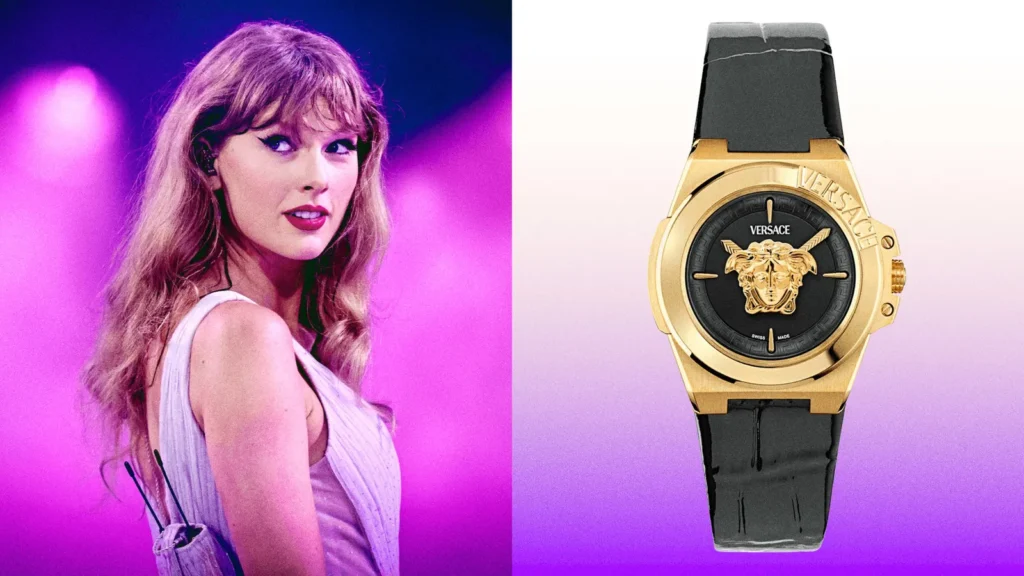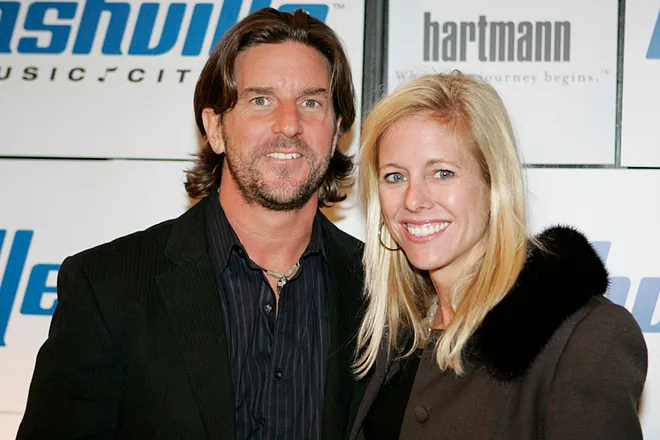When American Eagle’s Sydney Sweeney campaign backfired, Gap read the room and doubled down on cultural context, diversity, and music with KATSEYE. The result? A viral win that’s now being dissected as a case study in brand strategy.

Setting the Stage: From American Eagle’s Controversy to Gap’s Opportunity
Fashion advertising has always walked a fine line between provocation and connection. Push too far, and a brand risks alienating its audience. Play it too safe, and the message drowns in noise.
In mid-2025, American Eagle launched its Sydney Sweeney campaign, branded with the tagline “Sydney Sweeney Has Great Jeans.” What was meant to be cheeky wordplay quickly spiraled into a PR disaster.
- Criticisms:
- The focus on Sweeney’s body was called out as unnecessarily sexualized.
- The pun between “jeans” and “genes” stirred unsettling associations with eugenics debates.
- The actress’s film Americana suffered boycotts tied to the controversy.
The ad became a cautionary tale: even a bankable star and clever slogan can’t save a message that feels tone-deaf.
Meanwhile, Gap—a brand synonymous with denim but often criticized for losing cultural relevance—saw its chance. By late August 2025, Gap released its “Better in Denim” campaign featuring KATSEYE, the global girl group born from Netflix’s Dream Academy.
The result wasn’t just a hit. It was a viral phenomenon.
Gap’s “Better in Denim”: The Anatomy of a Viral Campaign
1. The Creative Concept
- Tagline: “Better in Denim.”
- Execution: A high-energy music video where KATSEYE’s six members perform choreography to Kelis’ 2003 hit “Milkshake.”
- Choreography: Led by Robbie Blue (worked with Tate McRae and Doechii).
- Aesthetic: Playful, colorful, and celebratory—visually sharp but not sexualized.
2. The Talent: KATSEYE
- Members: Meret Manon, Sophia Laforteza, Megan Skiendiel, Daniela Avanzini, Yoonchae, and Lara Raj.
- Global roots: United States, Switzerland, South Korea, Philippines, India, Sri Lanka, Cuba, Venezuela, and China.
- Appeal: The group embodies diversity, youth, and global connectivity—values that resonate deeply with Gen Z and Gen Alpha.
3. Distribution and Virality
- YouTube views: 9+ million within days of launch.
- Social media: TikTok, Instagram, and Reels flooded with recreations of the choreography.
- Engagement: According to Forbes, the campaign generated 100x more engagement than Gap’s standard content.
Gap essentially reignited the spirit of its iconic late 1990s and early 2000s dance/music ads (think “Khakis Swing” or “Khakis Rock”), but with a modern, globally diverse twist.
Comparing Strategies: American Eagle vs. Gap
| Aspect | American Eagle (Sydney Sweeney) | Gap (KATSEYE) |
|---|---|---|
| Tagline | “Sydney Sweeney Has Great Jeans” | “Better in Denim” |
| Tone | Provocative, cheeky, risky | Fun, celebratory, inclusive |
| Focus | Celebrity star power | Collective, global diversity |
| Execution | Sexualized close-ups, wordplay | Choreography, music, nostalgia |
| Audience Reaction | Backlash, boycotts, brand damage | Viral praise, cultural buzz, brand lift |
| Outcome | Negative PR, product overshadowed | High engagement, positive brand association |
The takeaway: American Eagle leaned on controversy as currency, while Gap leaned on culture as connection.
Why Gap’s Campaign Worked
1. Timing and Context
- Gap launched right after American Eagle’s controversy, positioning itself as the “antidote” to tone-deaf advertising.
- Online users immediately noticed the contrast, praising Gap’s “psychic” marketing team for impeccable timing.
2. Nostalgia + Freshness
- Using Kelis’ Milkshake tapped into millennial nostalgia.
- Pairing it with KATSEYE’s choreography tapped into Gen Z’s TikTok dance culture.
- This dual play created multi-generational appeal.
3. Diversity as Strategy, Not Tokenism
- KATSEYE’s lineup wasn’t marketed as a “diversity campaign.” It felt natural.
- Audiences responded positively because representation was baked into the group’s identity, not tacked on.
4. Virality Engineered
- Gap didn’t just release an ad—they built a piece of content designed to be remixed and shared.
- The choreography challenge created an organic social media loop, keeping the campaign alive beyond the original video.
Audience Reactions: A Case in Contrast
Comments about Gap’s campaign:
- “This ad will genuinely be remembered and studied by marketing students.”
- “The only ad I intentionally searched.”
- “Gap is back. This is how you do it.”
Comments about American Eagle’s campaign:
- “Unnecessary and creepy.”
- “Feels like a parody gone wrong.”
- “Sydney Sweeney deserves better.”
What’s striking here is intentionality vs. interpretation. American Eagle intended humor but got backlash. Gap intended joy and inclusivity and got exactly that.
Marketing Takeaways for Brands
1. Don’t Underestimate Cultural Context
- A pun like “Great Jeans/Genes” may seem clever internally, but once released into the cultural conversation, it can trigger unintended associations.
- Lesson: Test slogans across diverse focus groups to stress-test interpretations.
2. Representation Must Be Authentic
- Token casting reads as hollow. Audiences are savvy and quick to spot inauthenticity.
- Gap succeeded because KATSEYE’s diversity is their DNA, not a one-off casting decision.
3. Nostalgia Is a Bridge, Not a Crutch
- Using Milkshake was smart because it connected to older demographics while still playing into Gen Z’s dance culture.
- Brands should look for cultural artifacts that carry cross-generational resonance.
4. Viral Doesn’t Mean Risky
- Many marketers assume controversy fuels virality. Gap proved otherwise: joy, music, and representation can create equal (if not greater) reach.
- Lesson: Virality should be engineered through participation mechanics (e.g., choreography challenges), not shock value.
5. Timing Can Amplify Impact
- Gap’s campaign hit at the perfect cultural moment—right when American Eagle’s backlash was peaking.
- Lesson: Agile marketing matters. Brands that can pivot quickly often benefit most from cultural missteps by competitors.
Deeper Strategic Implications
- Brand Safety vs. Boldness
- The debate isn’t about whether brands should avoid bold moves—it’s about which risks are worth taking.
- Gap didn’t avoid risk altogether. They risked being seen as corny or out of touch. But that risk was far less damaging than being seen as exploitative.
- The Rise of Global Pop in Advertising
- K-pop, J-pop, and now KATSEYE’s global model show how music-driven global groups are becoming advertising powerhouses.
- Brands tapping into these movements are effectively accessing built-in fan armies across countries.
The Bigger Picture: Where Fashion Advertising Goes Next
This Gap vs. American Eagle case shows a clear shift in advertising priorities:
- From shock to shareability. Audiences reward campaigns they can participate in, not just react to.
- From celebrity to collectives. While celebrity faces still have power, younger generations gravitate toward groups that represent community.
- From cleverness to clarity. Wordplay can backfire; clear, joyful messages travel better.
Smart Play, Not Just Safe Play
So was Gap’s KATSEYE campaign a strategic masterstroke or just a fear-driven safe play after American Eagle’s failure?
The evidence suggests it was both:
- Gap clearly avoided the risky double meanings that burned its competitor.
- But it wasn’t just safe. It was calculated, joyful, and designed for virality in a way that aligned with both nostalgia and modern trends.
In the end, Gap didn’t just dodge controversy. They reclaimed cultural relevance and reminded the industry that denim ads can spark joy instead of debate.
For brands, the lesson is simple: In 2025, representation and cultural resonance matter more than provocation. The campaigns that win aren’t the ones that shock—they’re the ones that invite us to dance along.







